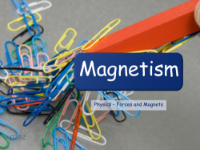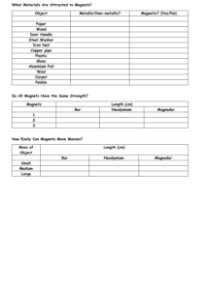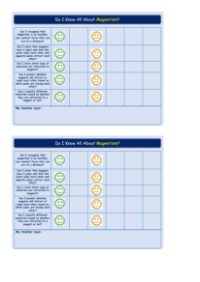Magnetism - Teacher Explanation

Science Resource Description
In lesson 3.10 on Magnetism, part of the Year 3 curriculum on forces and magnets, students are introduced to the intriguing world of magnetic forces. The lesson aims to highlight the difference between forces that require contact and those, like magnetism, that can act over a distance. Students will explore the properties of magnets, learning that they can attract or repel each other, and that they only attract certain materials. The lesson includes hands-on activities where students will observe these phenomena, group materials based on their magnetic properties, and understand that magnets have two poles, North and South. They will also predict the interactions between magnets based on the poles facing each other. A note on health and safety advises caution when handling strong neodymium magnets, which can pinch skin or pose risks to those with medical implants. The lesson is enriched with cross-curricular links to geography and history, where students can discover the Northern Lights' locations and the use of Lodestone by ancient mariners for navigation.
The lesson features a demonstration of the Gauss gun, an experiment that safely illustrates magnetism's principles using a Perspex tube, ball bearings, and neodymium magnets. Students will observe how magnetic field strength influences the acceleration of a ball bearing as it interacts with the magnets. Another activity, 'Polar Opposites', allows students to investigate the push and pull forces of magnetism by bringing together different poles of bar magnets. They'll notice that like poles repel while opposite poles attract. In a classification task, students will test various objects against a magnet to determine which materials are magnetic, learning that only certain metals like nickel, cobalt, and iron are attracted to magnets. Finally, an experiment on magnetic field strength will enable students to determine the strongest magnet by measuring how far its magnetic field extends to attract ball bearings of different sizes. The lesson concludes with encouragement for students to enjoy the activities and anticipation for the next lesson in the series.






